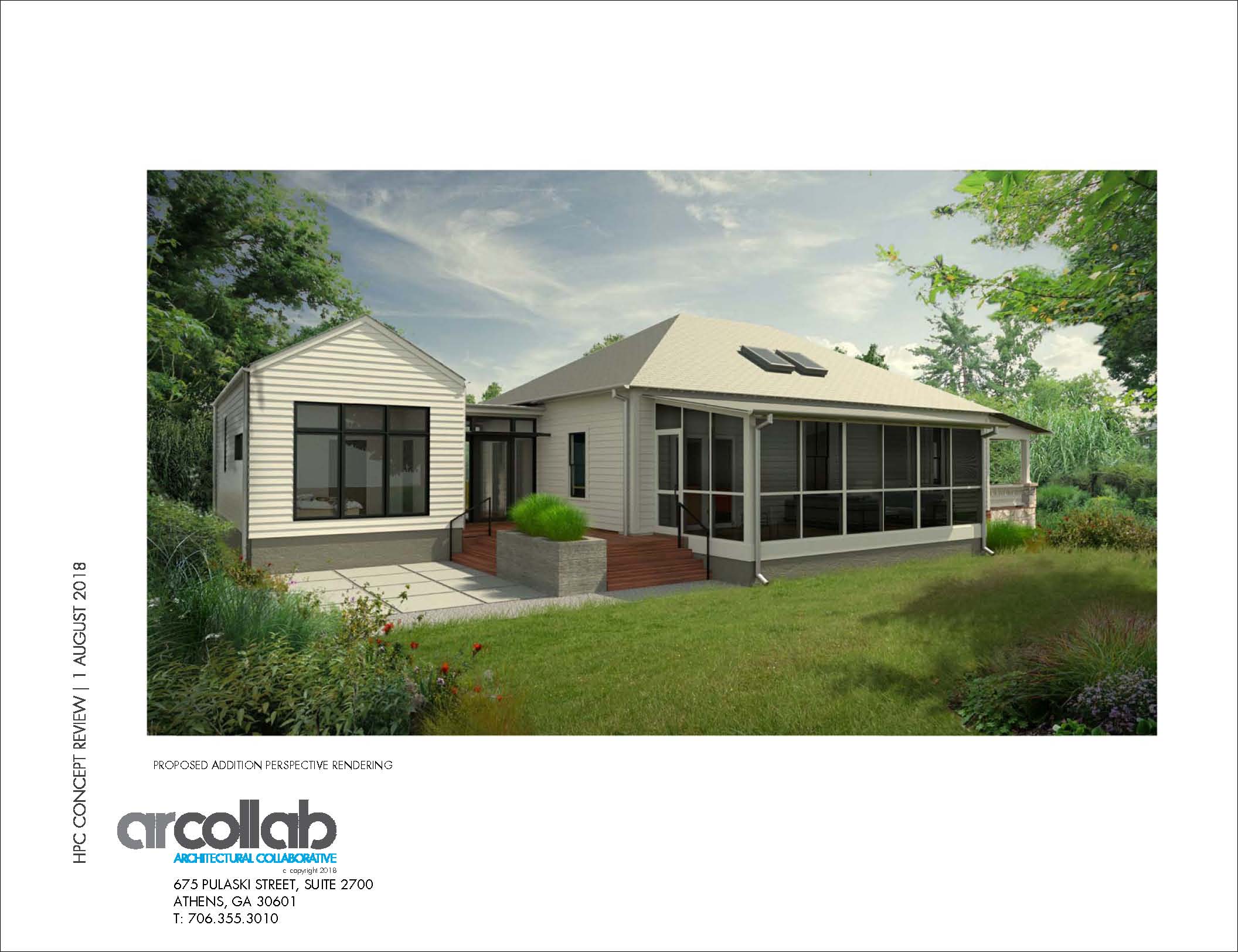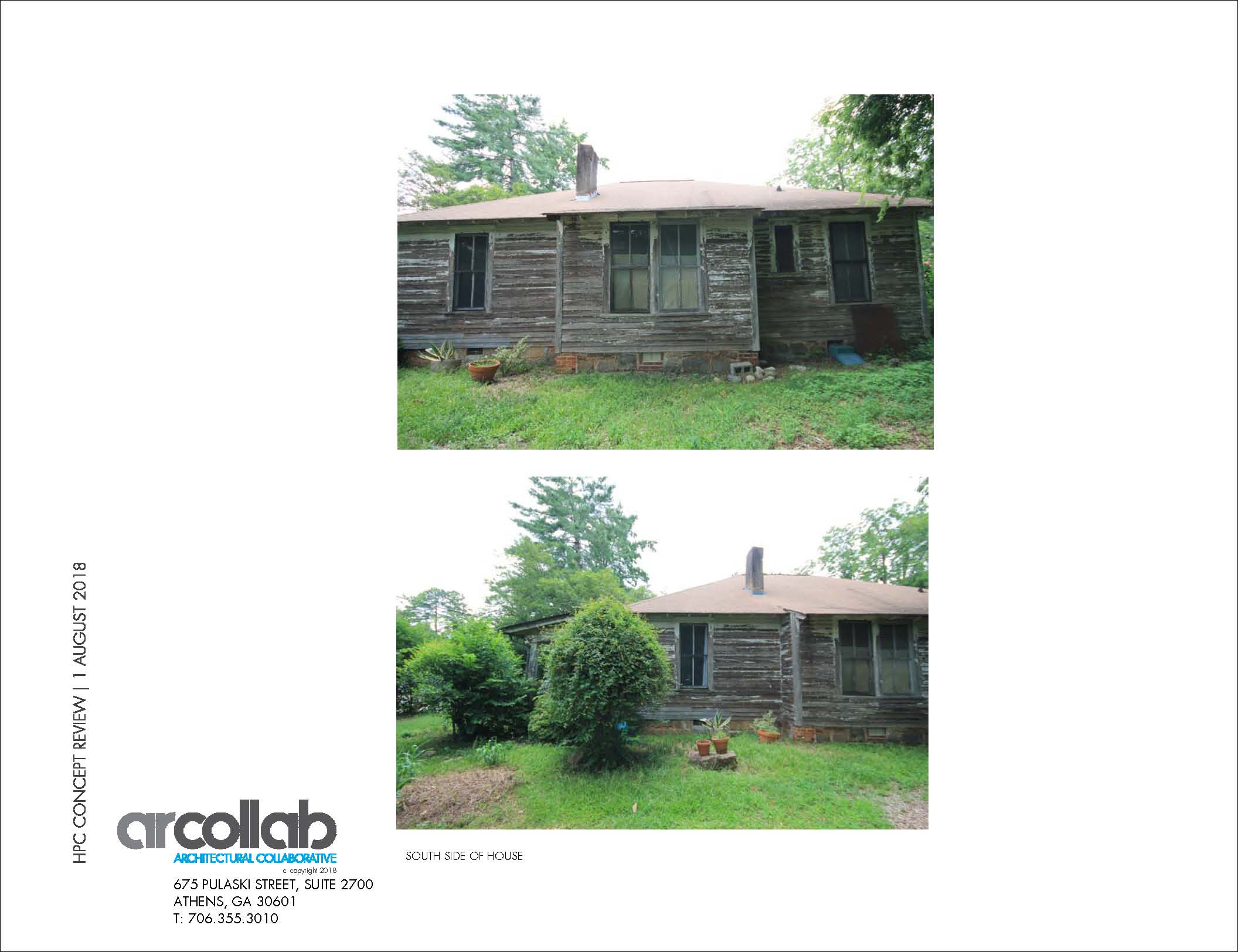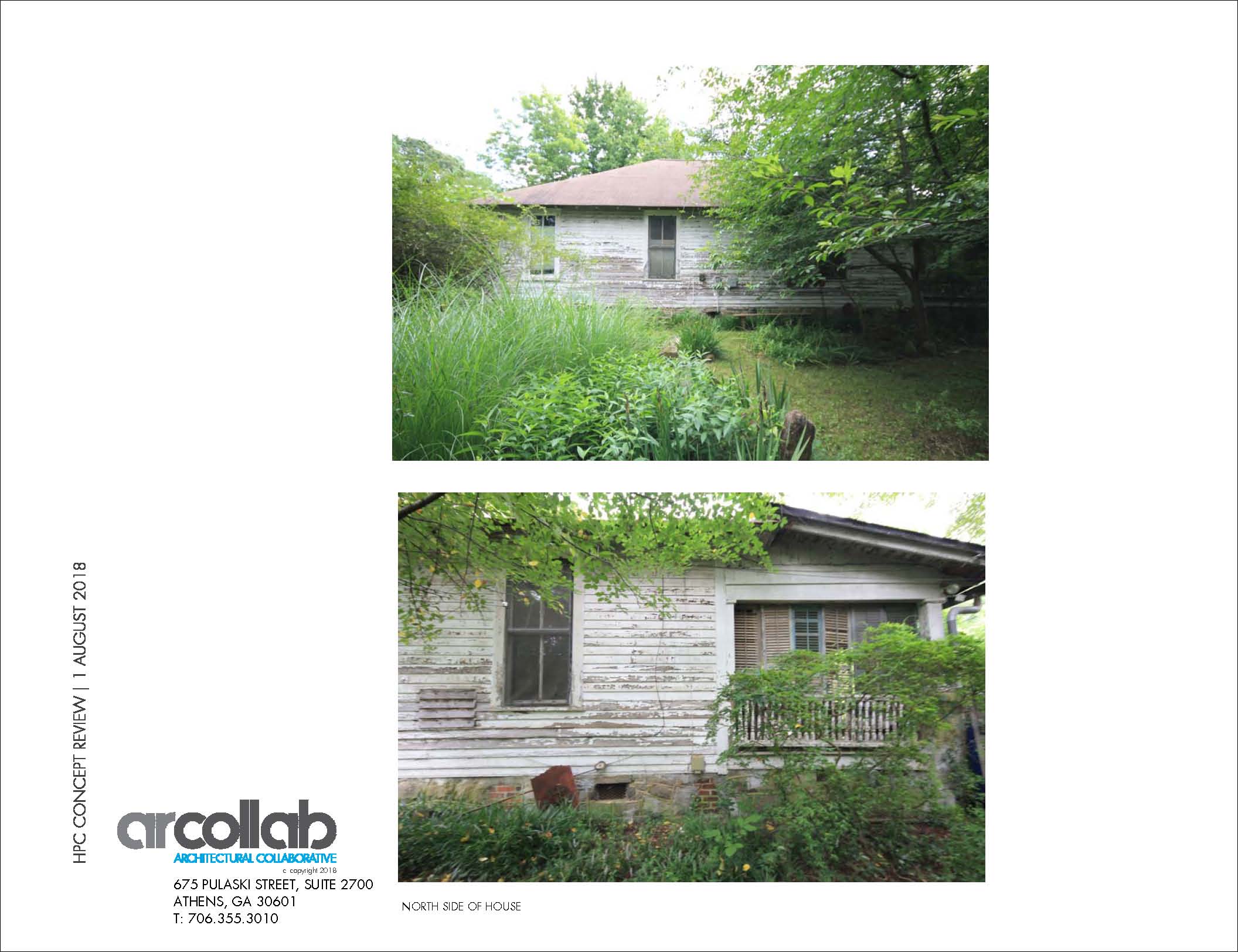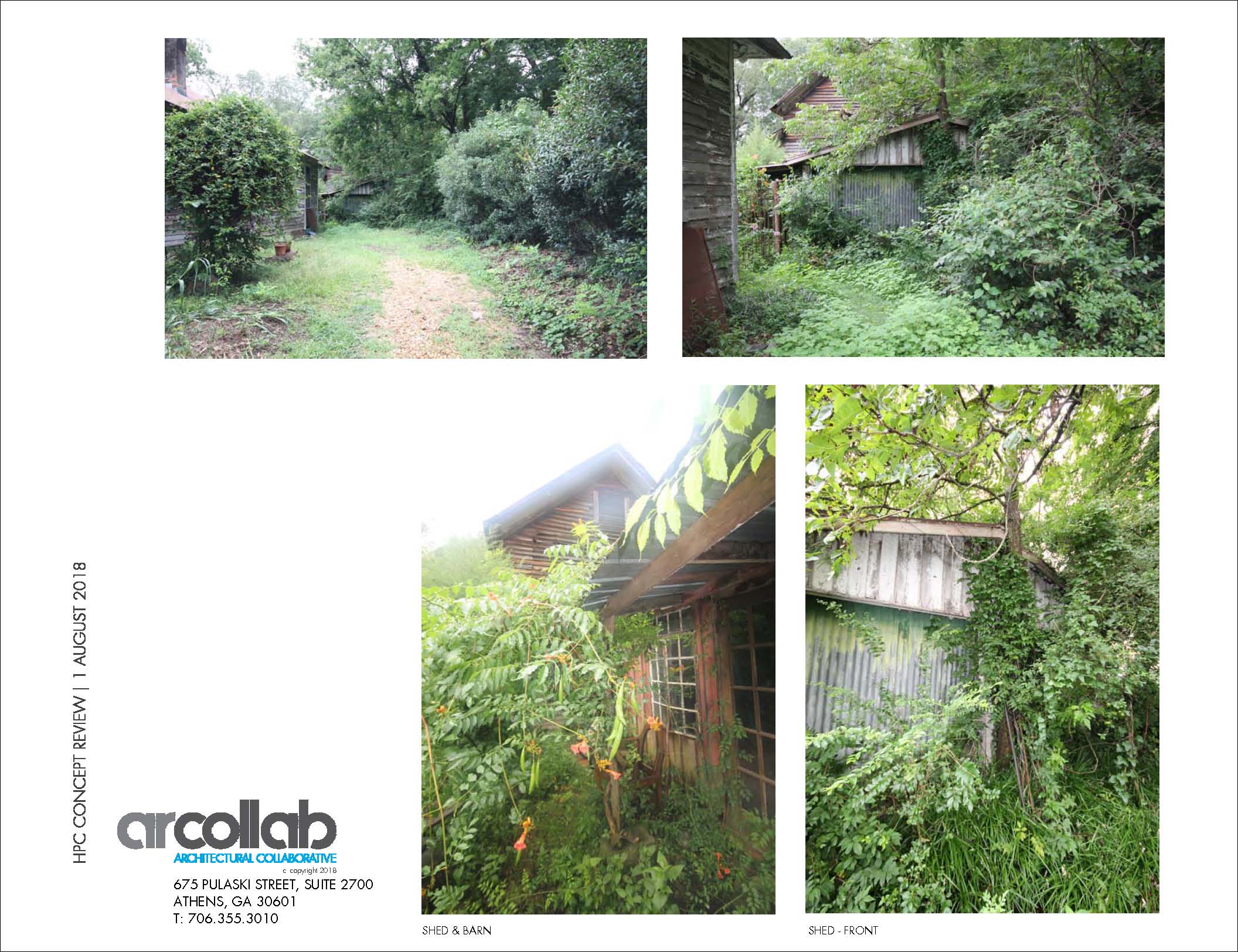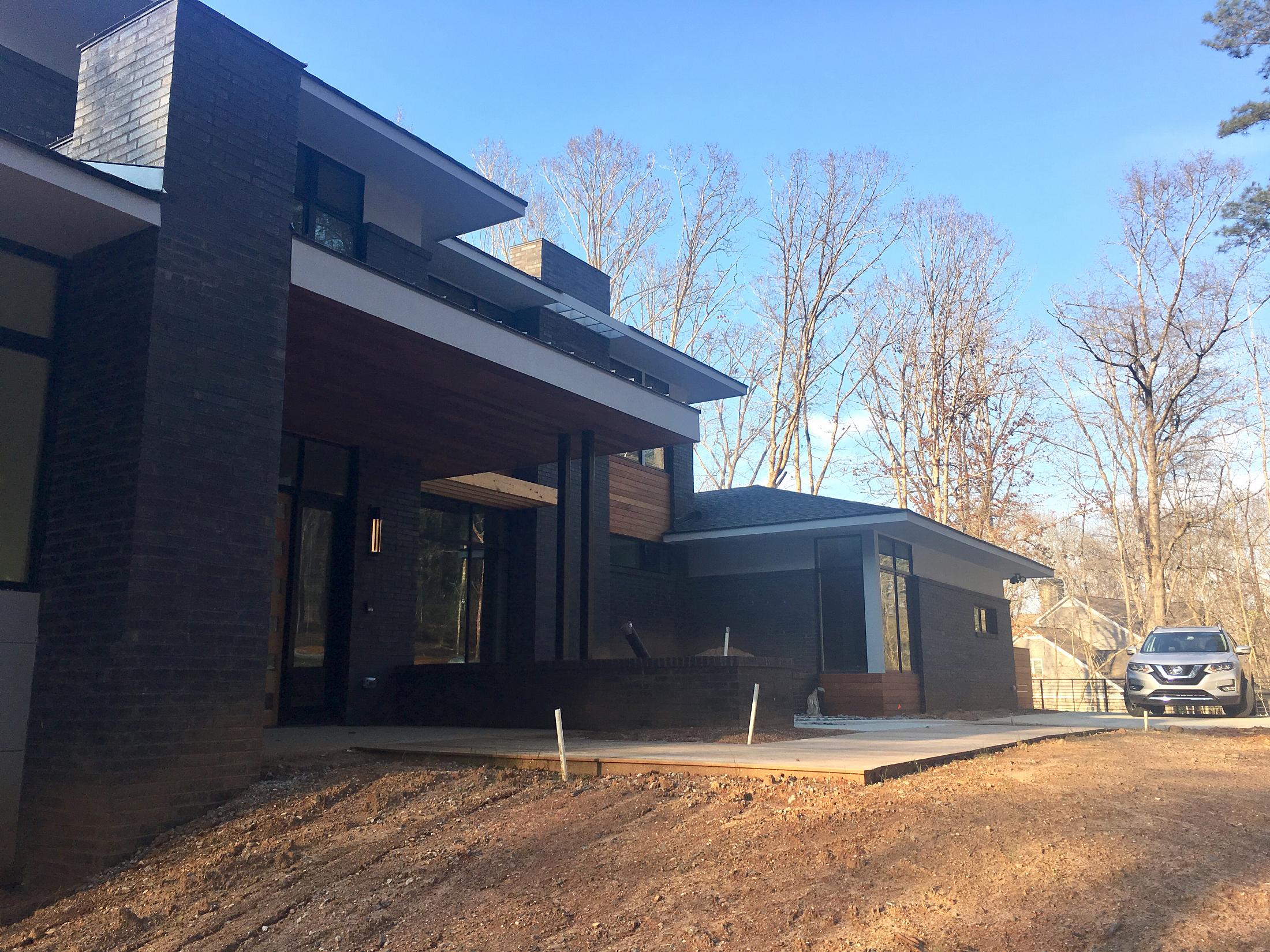Arcollab is very excited about one of our current projects — the renovation of an historic house in the Cobham neighborhood in Athens. Most recently the home of an iconic Athens artist and once the setting for a Cindy Wilson music video, the house is now in need of some TLC. The current owners and Arcollab’s Lori Bork Newcomer are working together to envision a bright new future for this treasure. Images below include renderings of the initial design concept along with some photos of the existing conditions.
March 23, 2018
This is the second in a series of posts presenting the work of Project Drawdown. We’ll focus on Buildings and Cities, however if you would like to explore more about Project Drawdown, we encourage you to visit their website.
What is Project Drawdown? The intention of the founders is to identify, analyze, and develop a database of the most effective solutions already in place for arresting and reversing global warming. Can these solutions be scaled, and if so, what are their impacts? What’s the ultimate price tag — what are the costs and savings related to each solution?
“Drawdown Fellows include 75 individuals from twenty-two countries. Forty percent are women, nearly half have PhDs, and others have at least one advanced degree. They have extensive academic and professional experience at some of the world’s most respected institutions.”
Nearly all of the solutions presented by Project Drawdown result in “regenerative economic outcomes that create security, produce jobs, improve health, save money, facilitate mobility, eliminate hunger, prevent pollution, restore soil, clean rivers, and more.”
INSULATION
“Heat always moves from warmer areas to cooler areas, until a temperature equilibrium is reached. This heat flow presents a central challenge when keeping buildings within a desirable range of 67 to 78 degrees Fahrenheit. To close the gap on unwanted heat gain or loss and maintain comfortable room temperature, we use more energy. Air infiltration accounts for 25 to 60 percent of energy used to heat and cool a home—energy that is simply wasted.
By better insulating a building envelope, heat exchange can be reduced, energy saved, and emissions avoided. What makes insulation effective is its capacity for thermal resistance, measured as R-value—the higher the better. Ideally, a building’s thermal layer should cover all sides—bottom floor, exterior walls, and roof—and be continuous. Sealing gaps and cracks is also critical to a more effective building envelope.
Insulation is one of the most practical and cost-effective ways to make buildings more energy efficient—both in new construction and through retrofitting older buildings that often are not well encased. At relatively low cost, insulation results in lower utility bills, while keeping out moisture and improving air quality.”
(Source: http://www.drawdown.org/solutions/buildings-and-cities/insulation)
Here in Georgia, we’ve worked closely with builders to deliver energy-efficient homes to our clients. With minimal additional cost and time investment, we make sure our foundations, walls, and roofs are well-insulated; that all of the joints and seams and any other gaps are caulked and sealed; and that all thermal bridges are considered and addressed. Furthermore, high-performance windows help to reduce heat transfer (stay tuned for an upcoming post about the drawdown potential of “smart glass”).
In residential design, we have moved toward using 2×6 studs at 16″ on center for exterior wall framing. This deeper, wider cavity allows for more insulation fill within the exterior walls and less thermal bridging where studs meet exterior wall sheathing. We like to use blow-in cellulose insulation in these exterior wall cavities, as it fills the nooks and crannies of these spaces with a dense insulation and is made from recycled materials.
Spray-in icynene foams are commonly used and are very effective at providing a great insulation barrier, sealing all of the little holes, particularly in roof areas and crawl spaces where gravity would tug at blow-in products such as cellulose. However most all of these spray-in foams currently available contain isocyanates, including methylene diphenyl diisocyanate (MDI), which are toxic VOCs during the installation process. Manufacturers claim that once these foams harden, the chemicals become inert, however much depends on the proper mixing of the chemicals during installation to achieve proper hardening in order to stop the off-gassing process. In the event of a fire the spray foam insulation would off-gas, and in remodel jobs there is risk of having these particles enter the air, posing a threat to workers. There is some emerging work on plant-based spray-in foam insulation with soy and caster oils used as the base instead of petroleum-based chemicals, however they are not commonly available at this time. We hope this is one area in which we’ll see a big leap forward over the coming years.
Drawdown’s analysis suggests that by 2050, if 54% of existing residential and commercial buildings install insulation, it would result in:
- 8.27 GIGATONS REDUCED CO2
- $3.66 TRILLION NET IMPLEMENTATION COST
- $2.51 TRILLION NET OPERATIONAL SAVINGS
March 22, 2018
One of our residential projects is nearing completion — a modern, Prairie-style home on the outskirts of Athens. We wanted to share a sneak-peak. Once the landscaping and final construction details wrap up, we’ll have professional images of the project to share.
On February 26th, a group of 23 people attended a US Green Building Council event at the Nagle-Dunn house for a tour and discussion about the many green aspects of the project. Led by the architect, Arcollab’s Lori Bork Newcomer, the contractor, David Hyde of Timerbilt Construction, and the Imery Ratings building science manager, Jeremy Fields, the tour provided an interesting and inspiring field trip opportunity for all who attended.
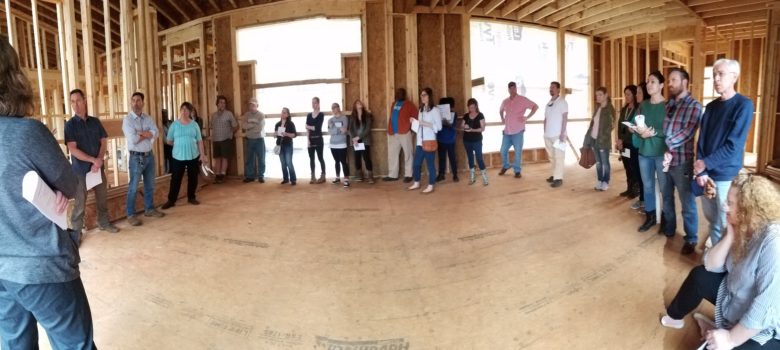
“We had a great turnout,” commented Hyde, who is also the current chair of USGBC-Athens. “The opportunity to share these practices with people in an active construction site makes the concept of green building come alive in a tangible way.”
“People asked good questions,” noted Bork. “It was great to be able to have the home owner with us to share their inspiration for wanting a certified home, and to have Jeremy talk about EarthCraft certification and his role in the project.”
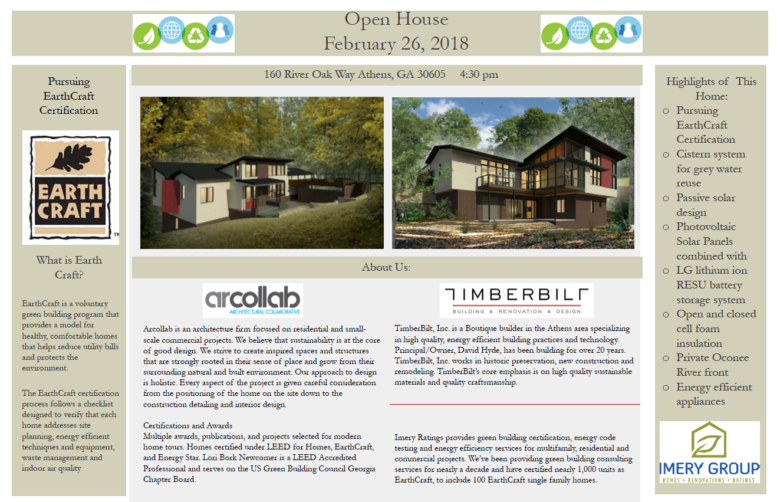
Stay tuned to our website for in-progress construction photos.
February 15, 2018
Great news! The Milledgeville Library project we’ve been working on just received a $50,000 grant award for the business incubator project.
The Twin Lakes Library System has received a $50,000 grant from the Knight Foundation to create a business incubator in Milledgeville.
Officials hope it will rejuvenate business in the city and keep it downtown.
Milledgeville is working with the Baldwin Co. Chamber of Commerce on the project they say will be a one-stop shop for future entrepreneurs. Essentially, it will provide classes that will teach how to run a business.
January 25, 2018
This is the first in a series of posts presenting the work of Project Drawdown. We’ll focus on Buildings and Cities, however if you would like to explore more about Project Drawdown, we encourage you to visit their website.
What is Project Drawdown? The intention of the founders is to identify, analyze, and develop a database of the most effective solutions already in place for arresting and reversing global warming. Can these solutions be scaled, and if so, what are their impacts? What’s the ultimate price tag — what are the costs and savings related to each solution?
“Drawdown Fellows include 75 individuals from twenty-two countries. Forty percent are women, nearly half have PhDs, and others have at least one advanced degree. They have extensive academic and professional experience at some of the world’s most respected institutions.”
Nearly all of the solutions presented by Project Drawdown result in “regenerative economic outcomes that create security, produce jobs, improve health, save money, facilitate mobility, eliminate hunger, prevent pollution, restore soil, clean rivers, and more.”
LED LIGHTING: Residential and Commercial
Through these links, you can read more about the technical reports on both residential and commercial use of LED lighting.
LEDs work like solar panels in reverse, converting electrons to photons instead of the other way around. They use 90 percent less energy than incandescent bulbs for the same amount of light, and half as much as compact fluorescents, without toxic mercury. By transferring most of their energy use into creating light—rather than heat, like older technologies—LEDs reduce electricity consumption and air-conditioning loads.
The price (per watt equivalent) for LEDs is two to three times higher than incandescents or floursescents, but falling rapidly. And an LED bulb will last much longer than either other type. Still, upfront cost remains an obstacle for household adoption.
Drawdown’s analysis suggests that by 2050, the potential impact of a significant conversion of household lighting to LEDs would result in:
- 7.81 GIGATONS REDUCED CO2
- $323.52 BILLION NET IMPLEMENTATION COST
- $1.73 TRILLION NET OPERATIONAL SAVINGS
Drawdown’s analysis suggests that by 2050, the potential impact of a significant conversion of commercial lighting to LEDs would result in:
- 5.04 GIGATONS REDUCED CO2
- $-205.05 BILLION NET IMPLEMENTATION COST (yep, you read right…negative implementation costs!)
- $1.09 TRILLION NET OPERATIONAL SAVINGS
(Sources: Drawdown: The Most Comprehensive Plan Ever Proposed to Reduce Global Warming. Paul Hawken, editor. Penguin Books. 2017. drawdown.org)
January 19, 2018
 |
Athens, GA, January 19, 2018 – Architectural Collaborative – Arcollab of Athens, Georgia has won “Best Of Customer Service” on Houzz®, the leading platform for home remodeling and design. Arcollab, a leading architecture firm in Athens, was chosen by the more than 40 million monthly unique users that comprise the Houzz community from among more than one million active home building, remodeling and design industry professionals. This marks the seventh consecutive year that Arcollab principal Lori Bork Newcomer has won a Best Of Houzz award.
The Best Of Houzz is awarded annually in three categories: Design, Customer Service and Photography. Design award winners’ work was the most popular among the more than 40 million monthly users on Houzz. Customer Service honors are based on several factors, including the number and quality of client reviews a professional received in 2017. Architecture and interior design photographers whose images were most popular are recognized with the Photography award. A “Best Of Houzz 2018” badge will appear on winners’ profiles, as a sign of their commitment to excellence. These badges help homeowners identify popular and top-rated home professionals in every metro area on Houzz.
“We are honored by this award which reflects our firm’s commitment to deliver inspiring design and to offer the highest level of customer service to our clients,” said Lori Bork Newcomer, one of the firm’s three principals. “We enjoy the relationships we have built with our clients, helping translate their dreams into reality.”
“The Houzz community selected a phenomenal group of Best of Houzz 2018 award winners, so this year’s recipients should be very proud,” said Liza Hausman, Vice President of Industry Marketing at Houzz. “Best of Houzz winners represent some of the most talented and customer-focused professionals in our industry, and we are extremely pleased to give them both this recognition and a platform on which to showcase their expertise.”
Follow Arcollab on Houzz

